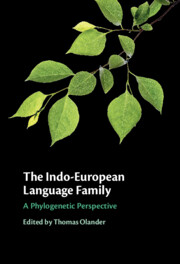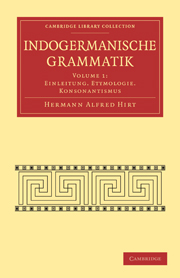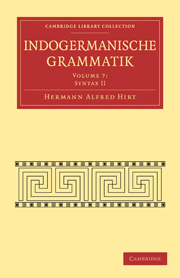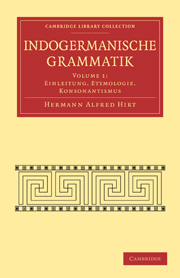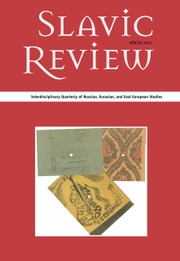The Indo-European Language Family
Modern languages like English, Spanish, Russian and Hindi as well as ancient languages like Greek, Latin and Sanskrit all belong to the Indo-European language family, which means that they all descend from a common ancestor. But how, more precisely, are the Indo-European languages related to each other? This book brings together pioneering research from a team of international scholars to address this fundamental question. It provides an introduction to linguistic subgrouping as well as offering comprehensive, systematic and up-to-date analyses of the ten main branches of the Indo-European language family: Anatolian, Tocharian, Italic, Celtic, Germanic, Greek, Armenian, Albanian, Indo-Iranian and Balto-Slavic. By highlighting that these branches are saliently different from each other, yet at the same time display striking similarities, the book demonstrates the early diversification of the Indo-European language family, spoken today by half the world's population. This title is also available as open access on Cambridge Core.
- Lays out the traditional methodological background for linguistic subgrouping
- Provides systematic and up-to-date analyses of the position of all the Indo-European branches in the linguistic family tree
- Presents the arguments for both the lower-level and the higher-level subgrouping of the Indo-European language family
- This title is available as open access on Cambridge Core
Reviews & endorsements
'The volume presents a very useful discussion of the methodology of linguistic subgrouping, methods of computational cladistics and the features allowing the establishment of the individual subbranches of Indo-European and speaking for or against possible higher intermediate nodes.' Daniel Kölligan, Folia Linguistica
‘This is an outstandingly valuable book, bringing together facts and hypotheses which have been scattered through the professional literature. It will surely become a convenient reference source and a starting-point for scholars who develop new hypotheses in this field.’ Geoffrey Sampson, The Linguist List
‘Olander and crew have provided us with a set of very fine analyses of the major issues in Indo-European subgrouping, and the extensive bibliographies themselves might be said to be worth the price of admission. No one will agree with all the conclusions, but the evidence is there for all to see and further development of the question, whether to reinforce the syntheses presented here or to forge new ones, must take this book as a point of reference.’ Douglas Adams, The Journal of Indo-European Studies
Product details
September 2022Hardback
9781108499798
275 pages
235 × 159 × 22 mm
0.6kg
Available
Table of Contents
- 1. Introduction Thomas Olander
- 2. Methodology in linguistic subgrouping James Clackson
- 3. Computational approaches to linguistic chronology and subgrouping Dariusz Piwowarczyk
- 4. What we can (and can't) learn from computational cladistics Don Ringe
- 5. Anatolian Alwin Kloekhorst
- 6. Tocharian Michaël Peyrot
- 7. Italo-Celtic Michael Weiss
- 8. Italic Michael Weiss
- 9. Celtic Anders Richardt Jørgensen
- 10. Germanic Bjarne Simmelkjær Sandgaard Hansen & Guus Jan Kroonen
- 11. Greek Lucien van Beek
- 12. Armenian Birgit Anette Olsen & Rasmus Thorsø
- 13. Albanian Adam Hyllested & Brian D. Joseph
- 14. Indo-Iranian Martin Joachim Kümmel
- 15. Balto-Slavic Tijmen Pronk.

